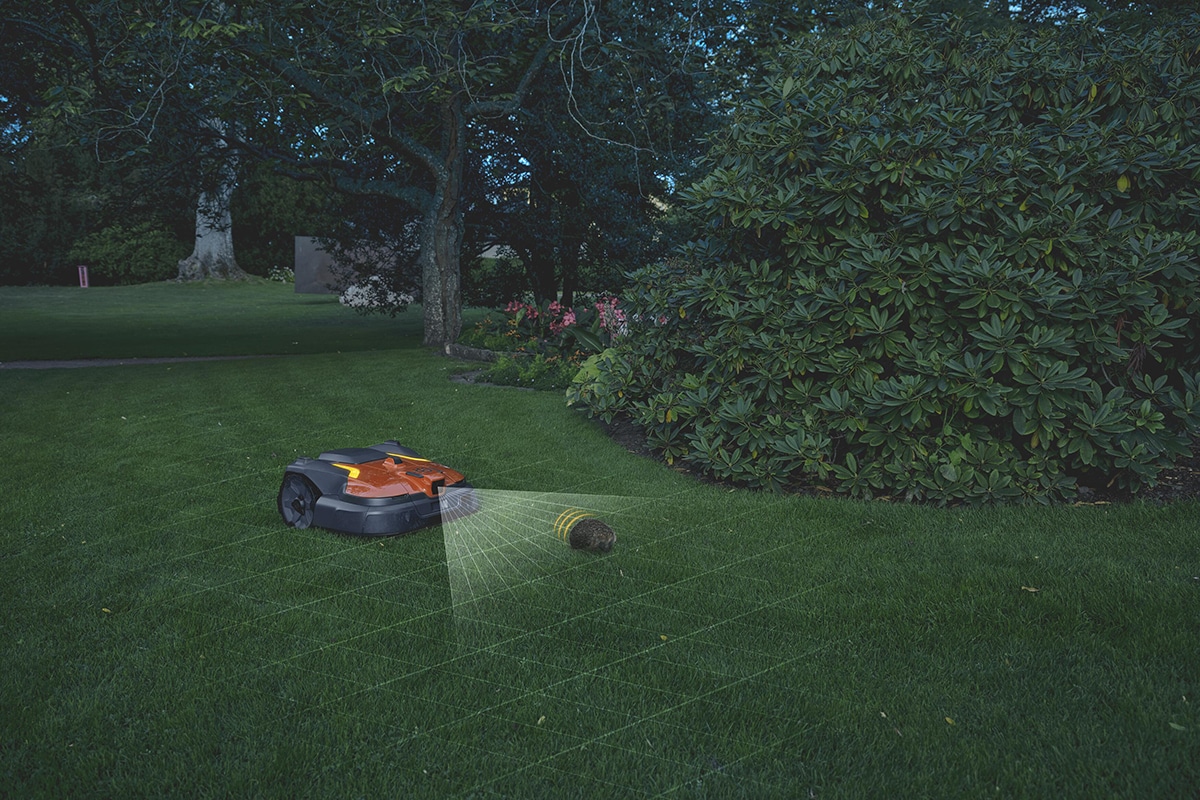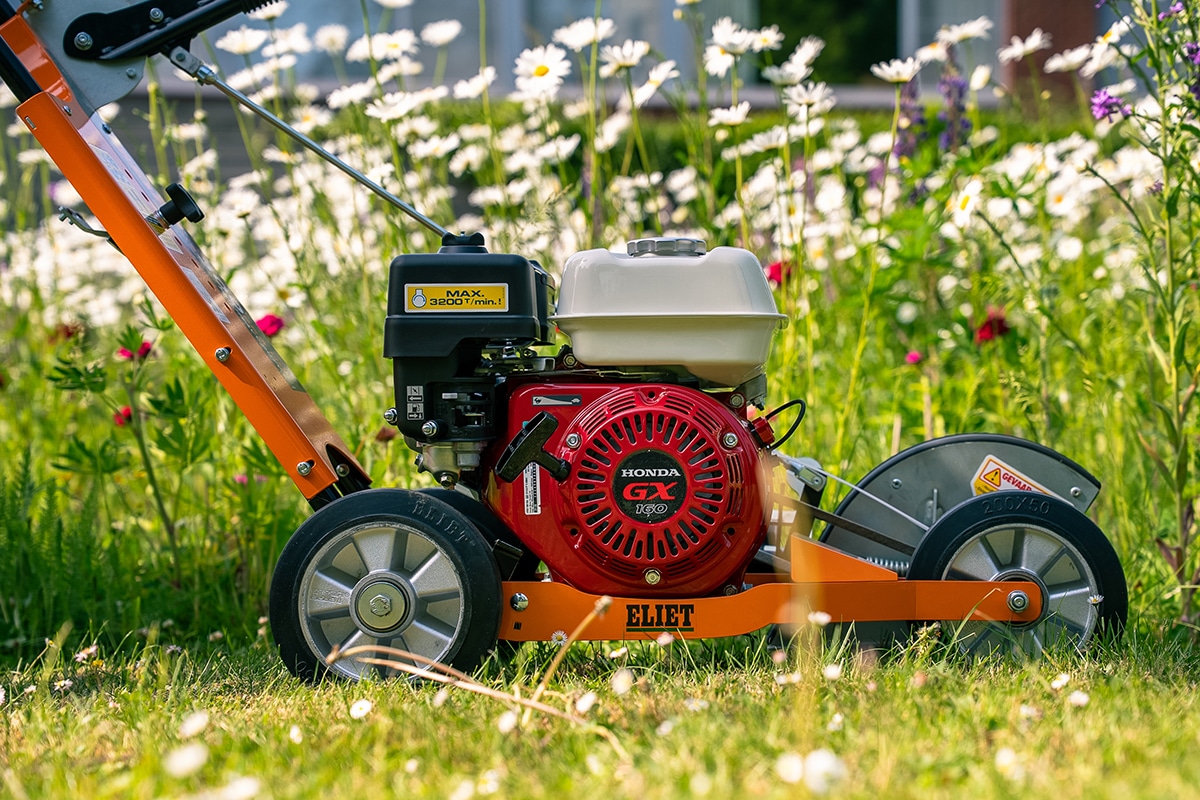
Green professionals can help prevent devastating outbreak
Anyone who spots an unknown plant disease or pest in their garden or neighborhood can from now on identify and report the pathogen in the new application Beware&Note on the website waarnemingen.be. In this way, the Institute for Agricultural, Fisheries and Food Research (ILVO), the Experimental Center for Ornamental Horticulture (PCS) and Natuurpunt Studie hope to engage citizens, scientists and professionals in the protection of our greenery against alien diseases and pests.
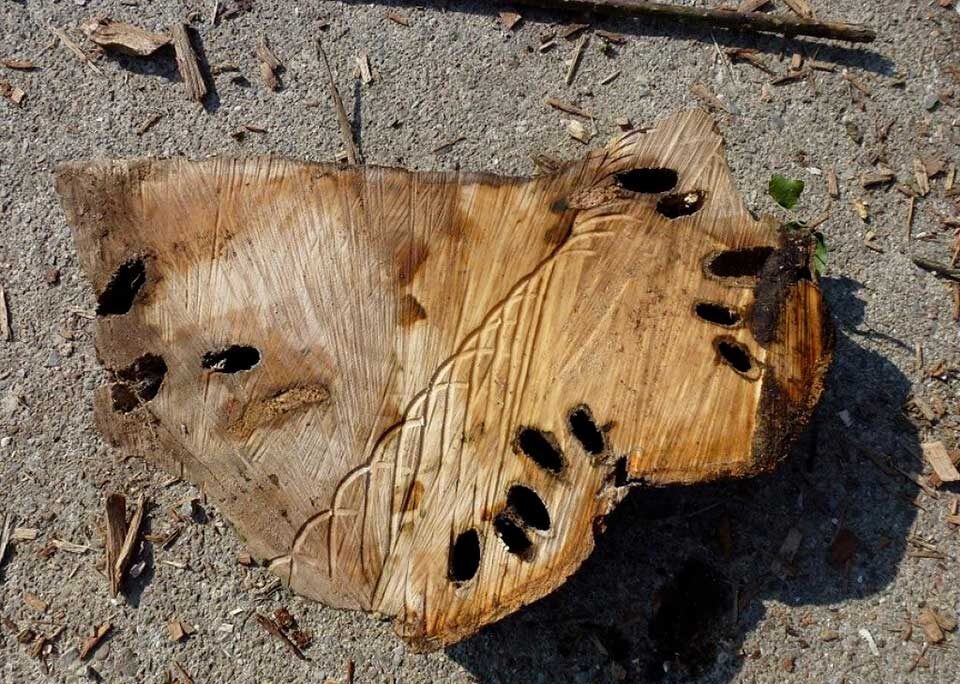
A plant disease or pathogen is branded as a quarantine organism (or Q organism) when it is considered harmful to plant health by EU legislation. These Q organisms do not occur naturally in the EU, or only in certain areas, and their spread through trade to other areas can cause great economic and ecological damage. Policy is therefore doing its best to prevent the introduction and further spread of such organisms. One of the actions under this prevention, is the notification of (suspected) introduction.
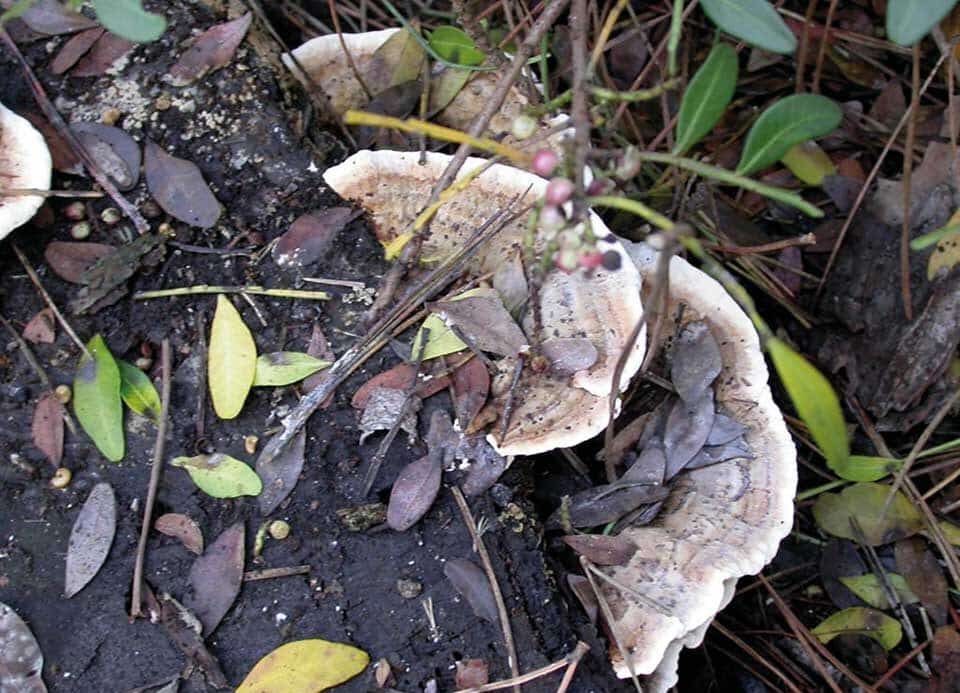
Your help is needed
ILVO, PCS and Natuurpunt are now asking for help from nature volunteers as well as gardeners, students, scientists, green professionals and professionals in agriculture, gardening and forestry to speed up this process. They can use the Beware&Note alert system to look up what they think they have seen. Thanks to the new online tool (www.waarnemingen.be/species/Q-organismen), these Q organisms can be identified and reported quickly and easily. In this way, the competent authorities and managers of forest, nature, agricultural and horticultural areas and plots can take action more quickly.
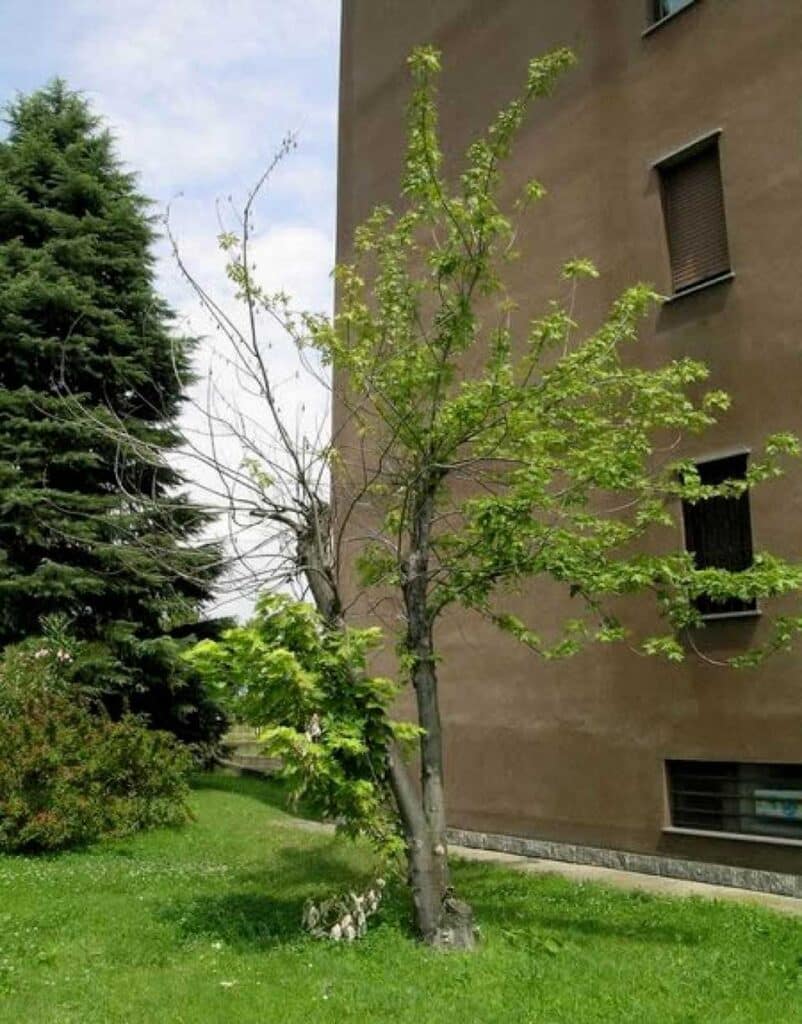
That reports by private individuals about suspicious organisms are invaluable has already been proven: in 2006, a bonsai enthusiast reported a peculiar beetle he had found on a bonsai tree in Geraardsbergen. It soon turned out that it was an East Asian longhorn beetle, an alien beetle that can cause great damage to all kinds of deciduous trees. It had been imported from Asia along with the tree. Both beetle and tree were quarantined, and fortunately no other eggs or larvae were found. In the Netherlands in 2007 and 2009, a total of about 270,000 plants had to be destroyed after outbreaks of a similar Asian longhorn beetle species in residential areas. So the quick reflex of that man from Geraardsbergen prevented a lot of suffering.
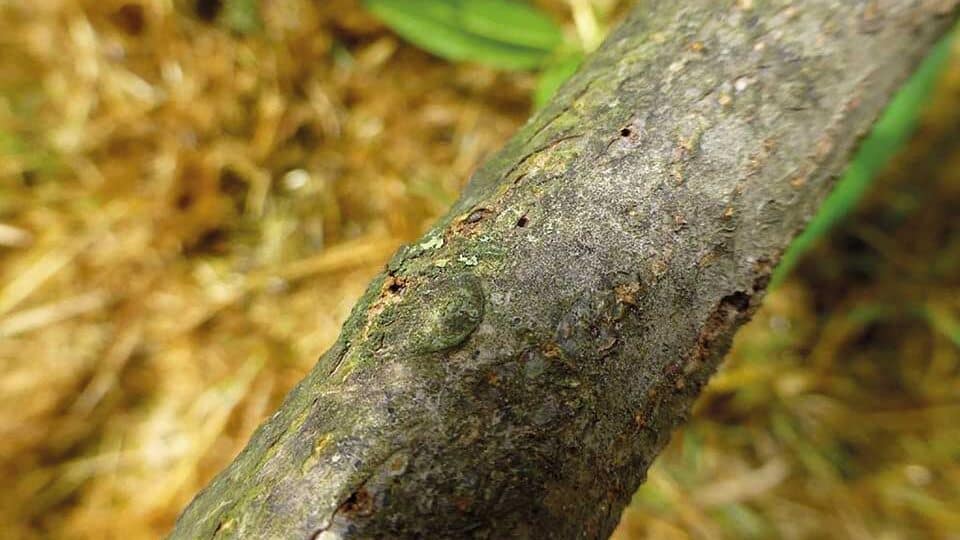
Sometimes a disease condition is caused by a combination of pathogens, such as the centipede disease on walnuts. The combination of a tiny bark beetle (Pityophthorus juglandis) as a vector and a fungus (Geosmithia morbida) are the culprits. The larvae of the bark beetle carry the fungus on their skin, and by burrowing into the branches of the walnut tree, the fungus is spread through the tree. Individually, these organisms are not harmful, but in combination they can cause a healthy, mature tree to die in three or four years. In our region, Juglans regia, the common walnut or walnut ochre, is the most common. An outbreak of centipede disease in Flanders could result in a large proportion of these trees dying or having to be removed. Consider the elm disease outbreak in the 1930s and again in the 00s, in which some 60% of the elms died.
How does the new app work?
Suppose you encounter conifers on a hike with desiccation symptoms and mushrooms on the trunk. You log on to Beware&Note and filter the database for pests on conifers ("Coniferous trees").
You get two suggestions, and think it is the very appropriately named fungus "pine killer" (Heterobasidion irregulare). On the accompanying sheets (under the "Identification" button) you will find explanations including the symptoms caused by this fungus and a list of plant species that can be infected. If, after this explanation, you are indeed convinced that it is the Pine Killer, with a simple push on the button "I have seen this species!" you report that you have spotted this species, and you can send a photo for checking by an expert from ILVO or Natuurpunt. If you wish, you will be further informed of the sighting. Indeed, each user can indicate in which crops and regions he is interested, to receive notifications when a Q organism is found in that region (via www.waarnemingen.be/species/Q-organismen/alerts/).
Action only after expert review
When a report is made, it is forwarded to experts at ILVO. If it is not certain whether a Q organism can be seen in the photo submitted, another sample is taken on site. It is only when the experts are certain of the identification that the Federal Food Agency (FASFC), together with the owner or manager of the infected green space, decides what measures must be taken. These can range from cutting down trees to destroying all crops within a certain perimeter. Because these emergency measures can be quite drastic, it is crucial that every report of a Q organism is investigated for authenticity, and that only after verification by experts and approval by the authorities are further steps taken.
